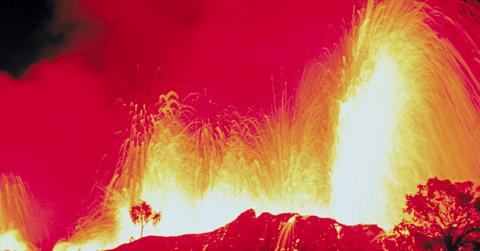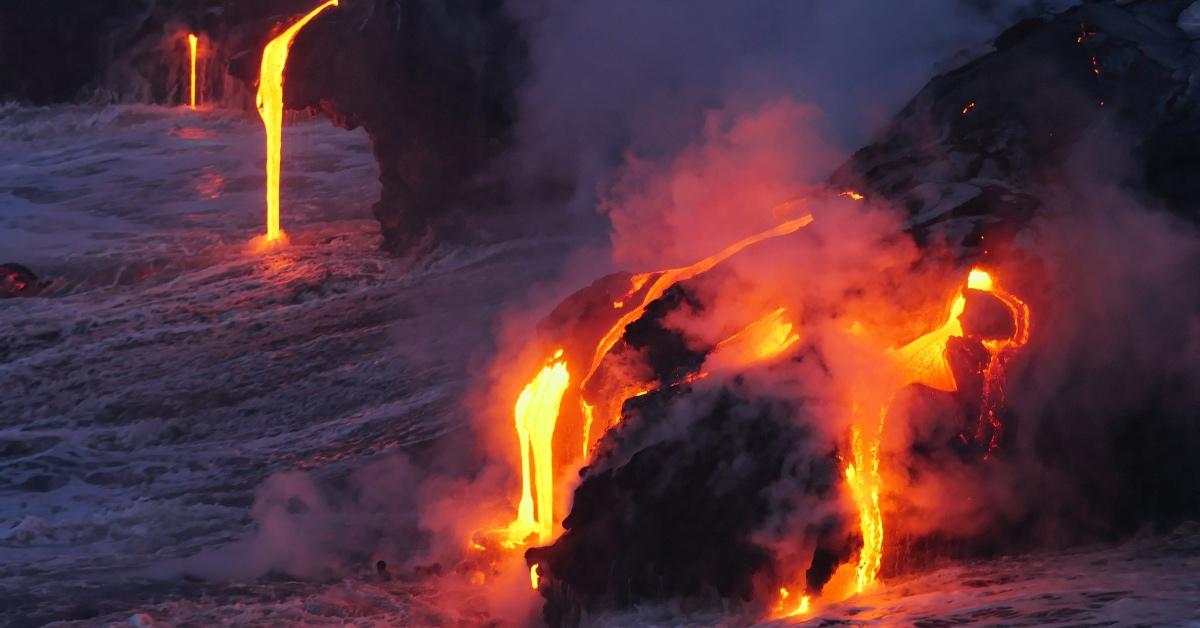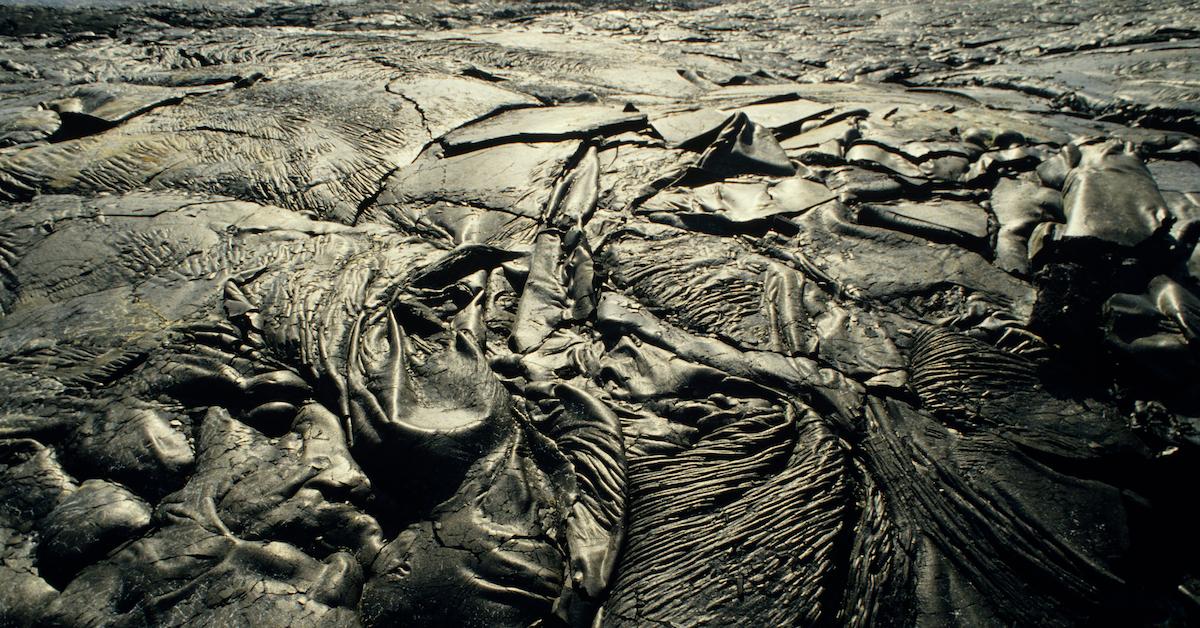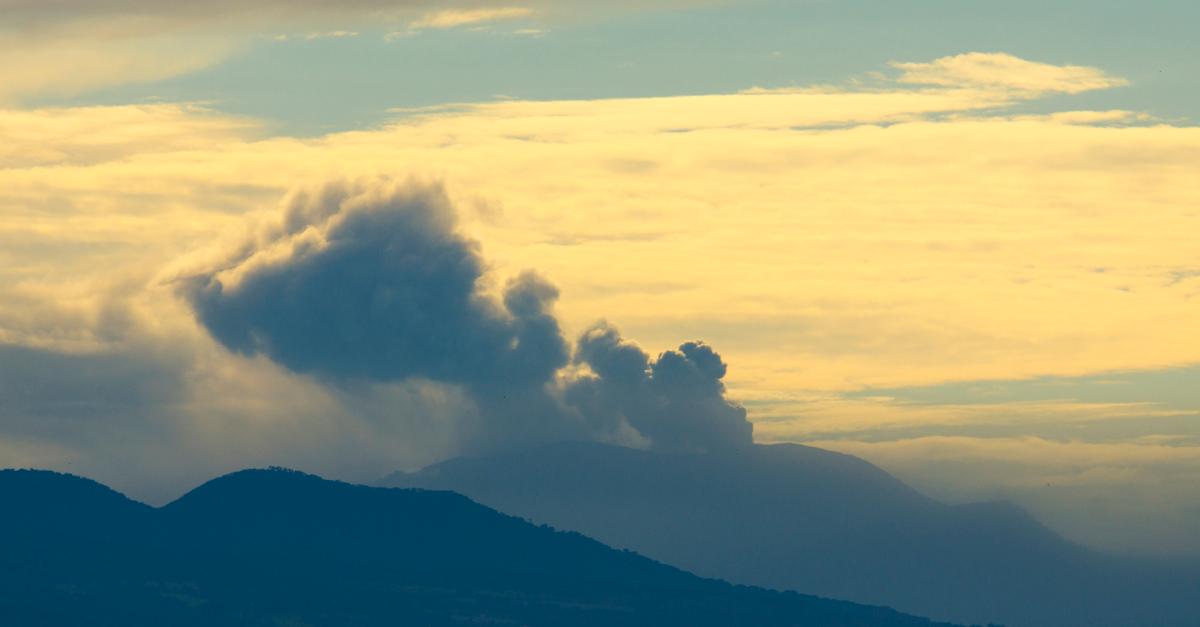Hawaii's Mount Kilauea Just Erupted — but When Did It Last Erupt?
Nearby communities are safe, as the eruption was contained within the national park.
Updated Feb. 13 2025, 10:26 a.m. ET

Along with an abundance of tropical foliage, gorgeous beaches, and seriously incredible coral reefs, Hawaii’s Big Island is home to one of the world’s most active volcanoes, Mount Kīlauea. The volcano previously made headlines for erupting in December 2020, but scientists and Hawaii residents were surprised when it erupted again on Dec. 23, 2024.
According to NBC News, which spoke with Hawaiian Volcano Observatory head scientist Ken Hon, there were two previous eruptions in June and September of the same year. Mount Kilauea has since continued erupting into 2025, with each eruption garnering more public attention than the last.
Keep reading for everything you need to know about Mount Kīlauea's most recent eruption.

When was Kīlauea's last eruption?
As previously mentioned, Kīlauea is one of the world’s most active volcanoes, with semi-regular eruptions. The volcano erupted around 2 a.m. on Dec. 23, 2024, with plumes reaching over 200 feet in the air and releasing toxic gas above Hawaii, per NBC News. Residents are advised to stay inside as volcanic smog levels, or "vog," become elevated.
While the United States Geological Survey (USGS) initially reported the eruption at Mount Kīlauea had paused, on Feb. 13, 2025, the Associated Press reported that the volcano began shooting lava into the air again at 10:16 a.m. local time. This marks the ninth episode of eruption activity since December 2024.
Before December 2024, Kīlauea erupted in 2020, then continued activity until roughly May 2021.
Kīlauea also erupted back in spring 2018, according to Live Science, which brought far more dramatic results, including an earthquake that struck the Pu'u 'Ō'ō crater.
Kīlauea has erupted almost 40 times since 1952, with consistent activity from 1983 to 2018, according to the USGS. A lava pond at the Halemaumau summit was also consistently active from 2008 to 2018, though it drained during the eruption that year. Visitors are advised to check the USGS website before venturing to the natural phenomenon, to ensure it's safe and open to the public.

So, what actually happens when a volcano erupts?
Some volcanoes tend to be more explosive than others, depending on the composition of the magma. Thicker magma is more explosive (and more dangerous) because it causes massive boulders to shoot outwards, while runny magma generally just flows outwards. Lava flow is usually pretty easy to escape because it moves slowly; however, it can easily damage any habitats, homes, plants, and animals in its path.
Lava flow tends to pose more danger when it combines with mud on its way down the volcano. This can cause a mudflow, which can submerge surrounding communities with hot debris. Ash in the air can also cause serious respiratory problems, skin and eye irritation, visibility issues, and occasional travel disruptions.

This was Mount Kīlauea's third or fourth eruption of the 2020s, but it's likely that it won't be its last. According to the USGS, Mount Kīlauea is still an active volcano, and the agency expects it to erupt again. Fortunately for locals, the USGS expects clear warning signs before the next eruption, though the signs may not come too far in advance. Needless to say, we're relieved that there were no fatalities or damaged property as a result of the active volcano's latest explosion.
This article, originally published on Dec. 22, 2020, has been updated.